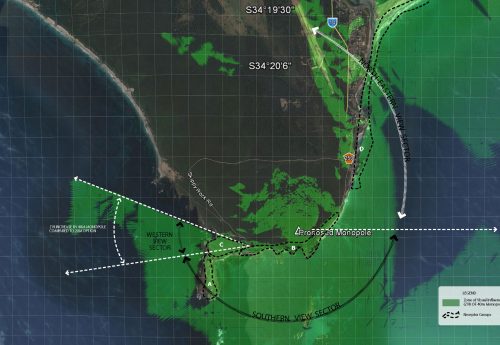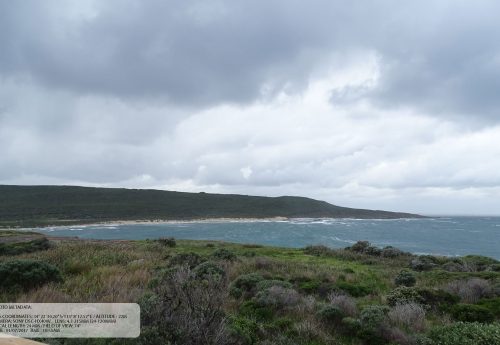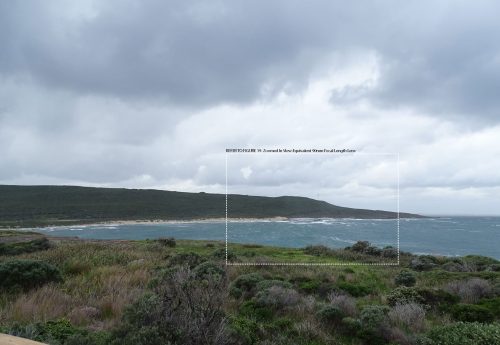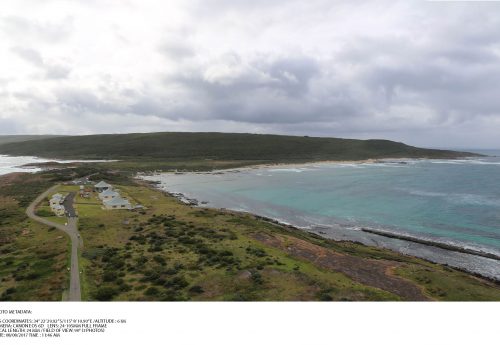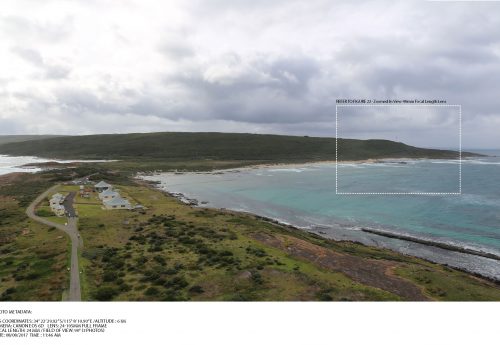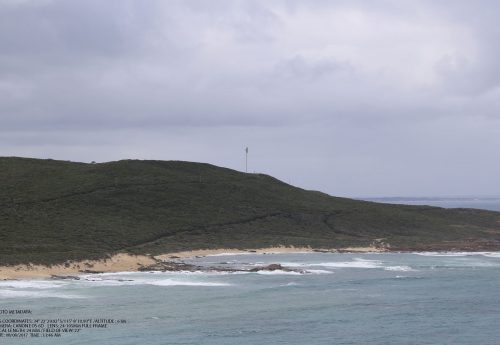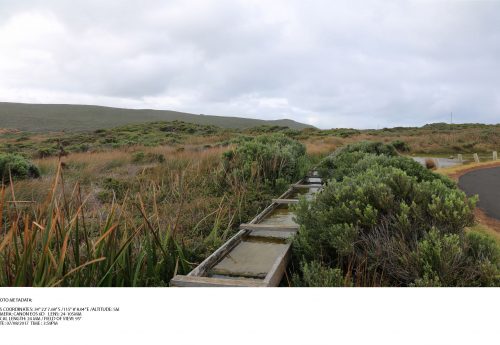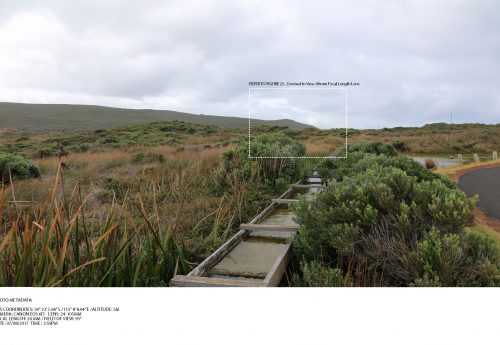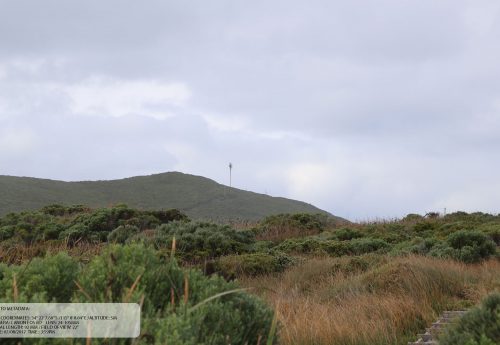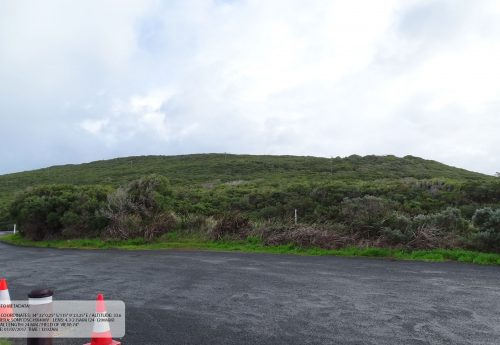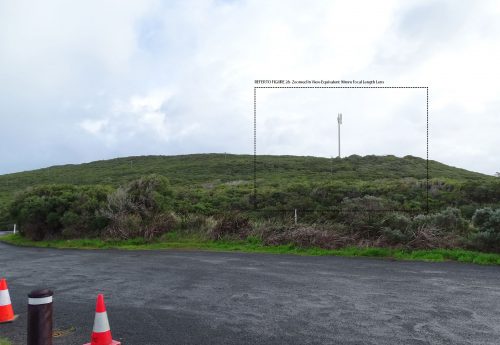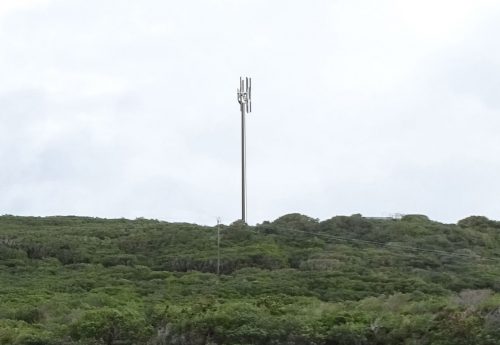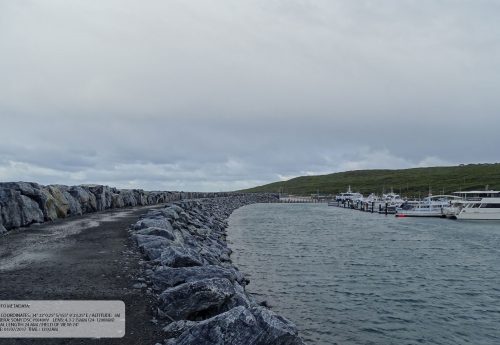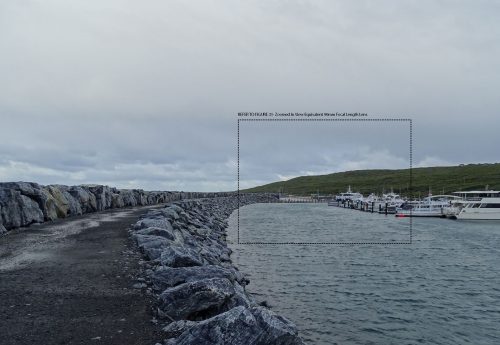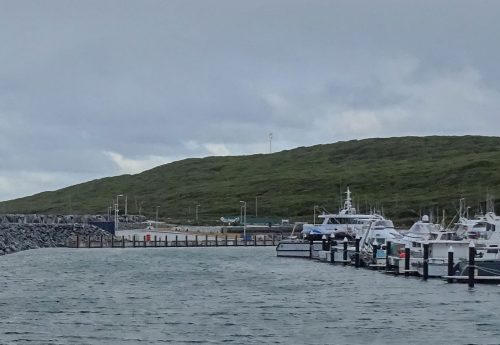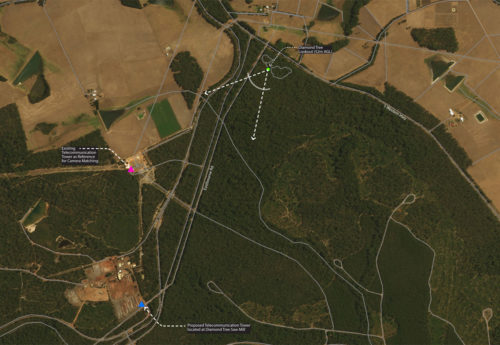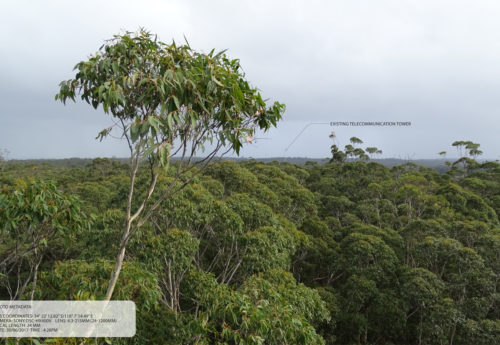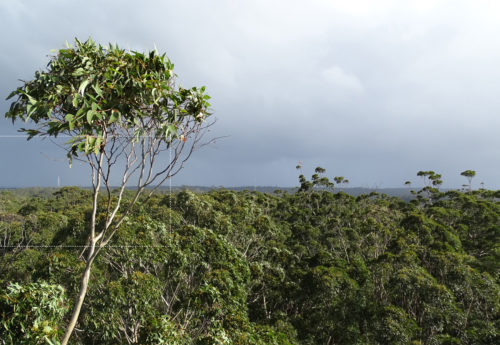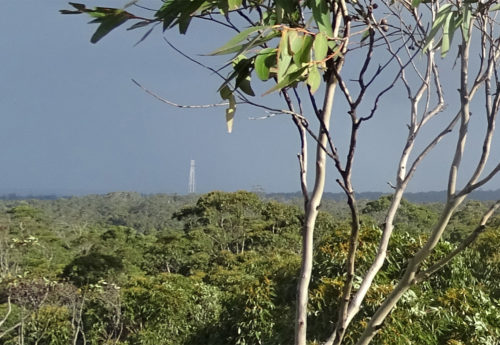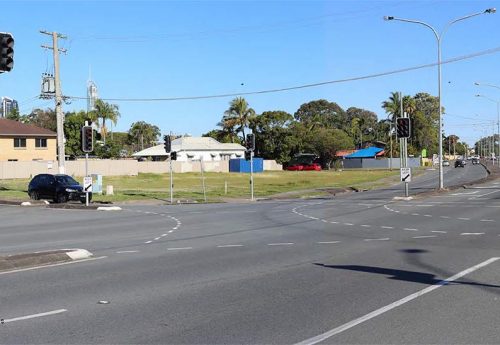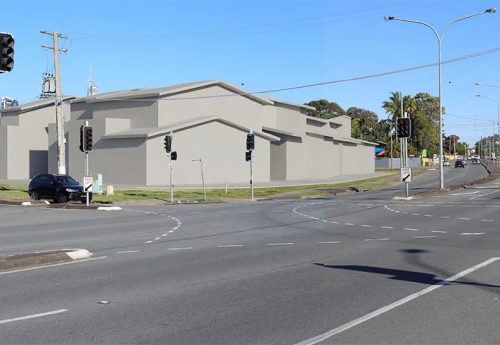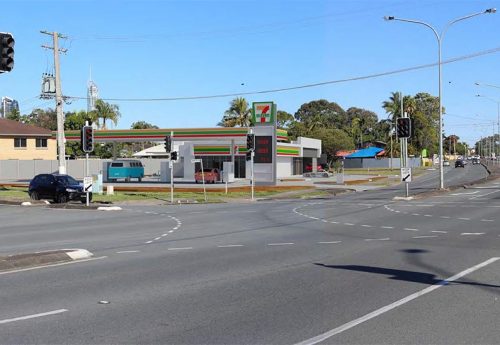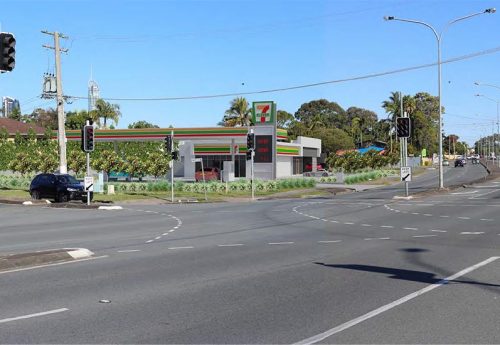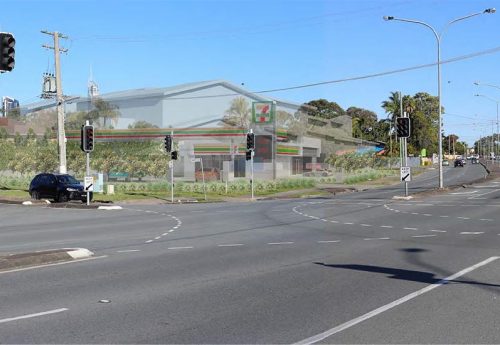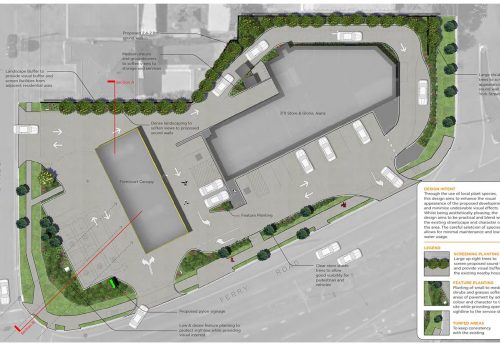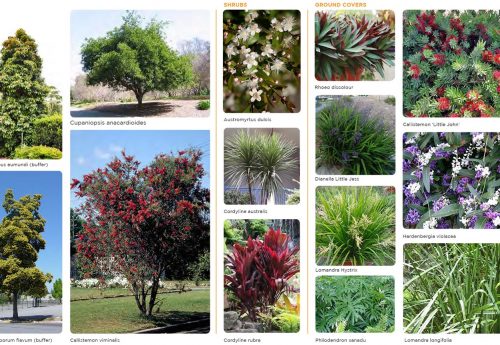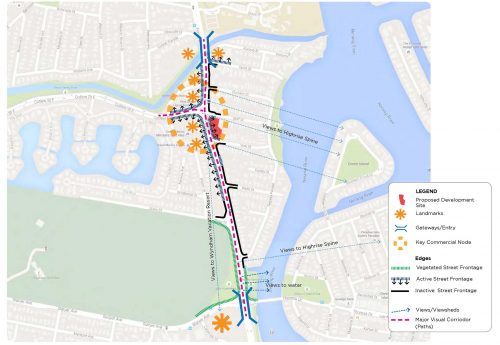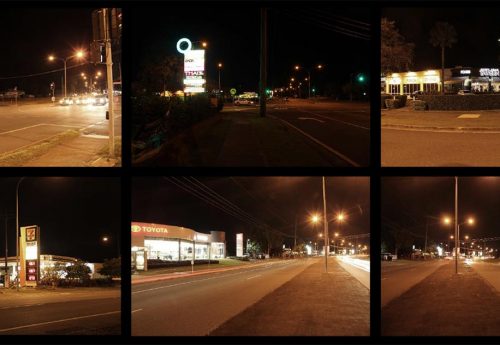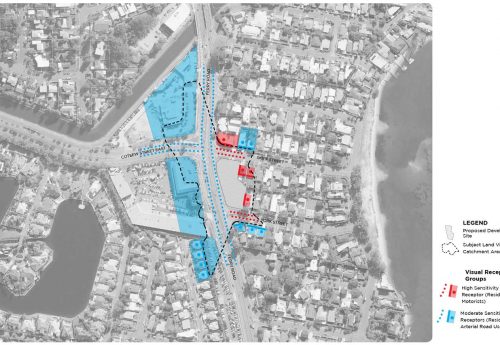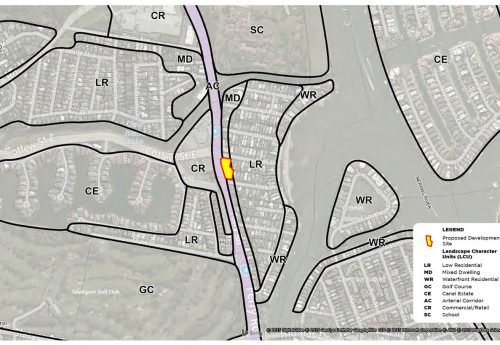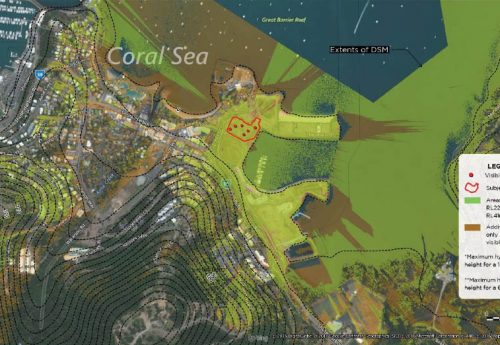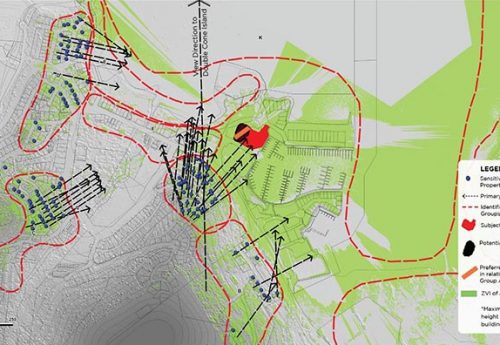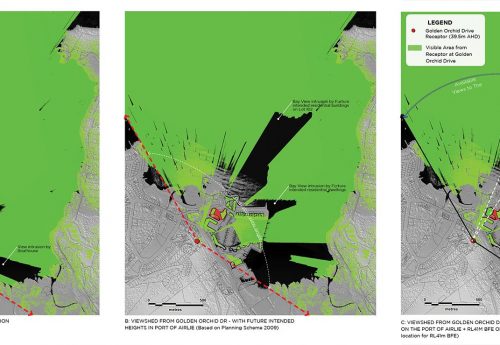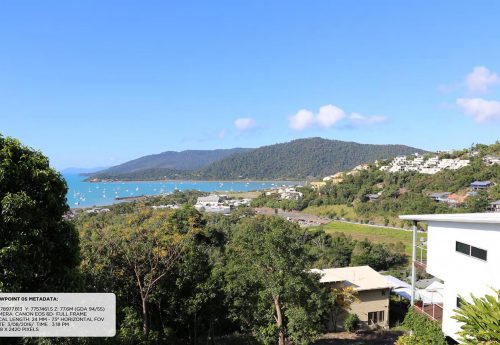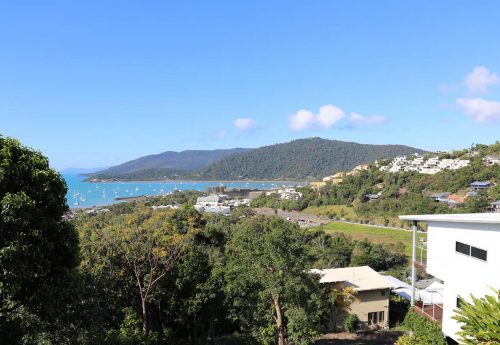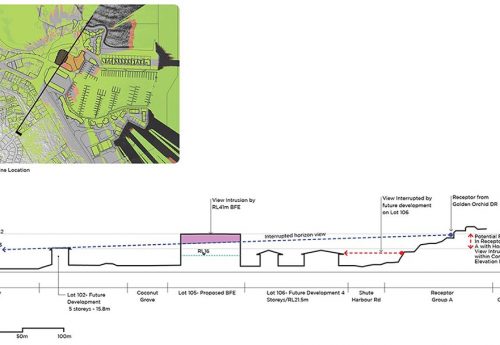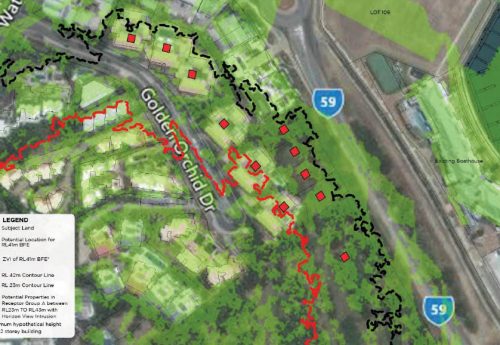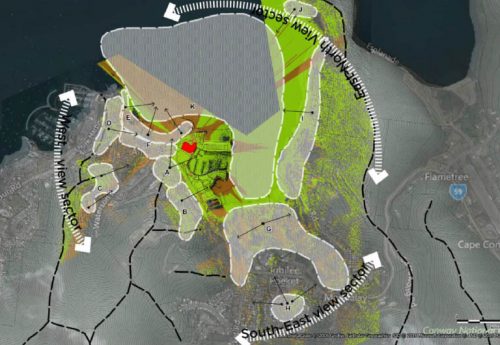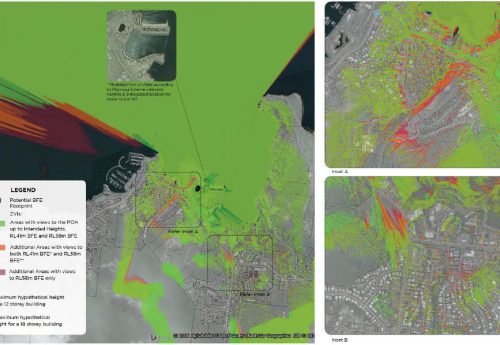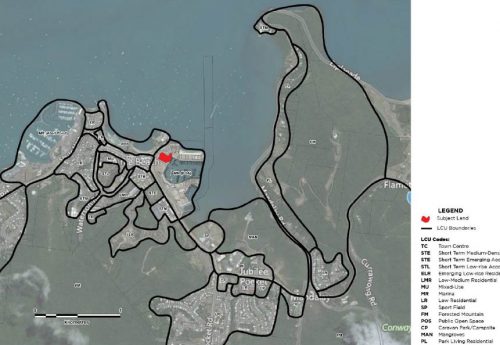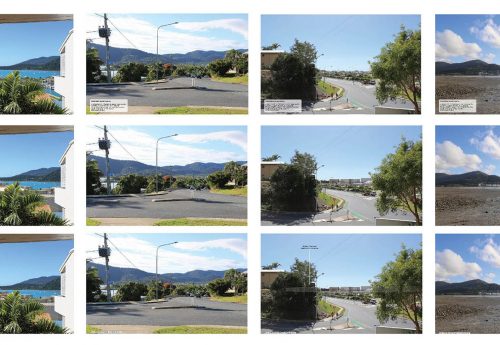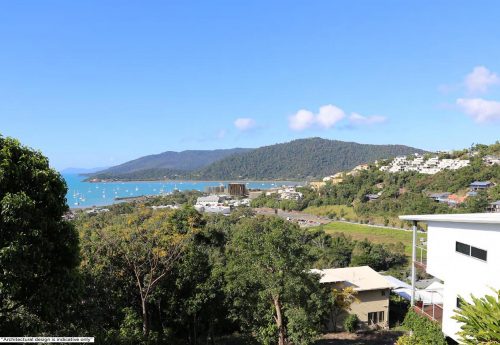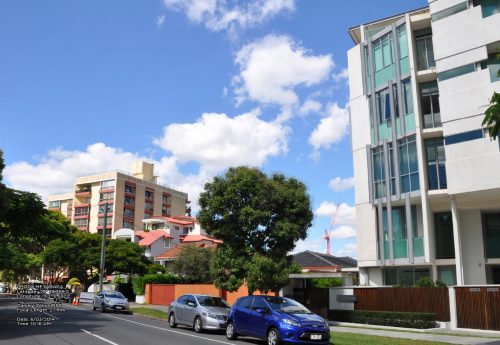Portfolio of LVIA 1
This collection includes selected LVIA studies completed by Ata during his previous employment at MODE. These studies were prepared for various projects across Australia and LVIA was required as part of DA or EIS. Visualisations, GIS mappings, modellings and objectivity are important aspects of these studies to deliver a high quality assessment to inform design and decision making. Projects include:
- Two telecommunication towers in WA: TRACE prepared two Visual Impact Assessment (sub-consultant to MODE) of the proposed Mobile Telecommunication Facilities in WA. The Proposals were located close to sensitive landscapes. As part of the Development Application, DPaW have a requested a Visual Impact Assessment (VIA) of the Proposed facilities. TRACE prepared an analysis of the existing character and visual context of existing views from this lookout to the surrounding landscape. It includes further assessment of potential visual impacts resulted from the Proposal on the views available from this lookout. The VIA report provided a description of the existing landscape character and the description of visual impacts based on a photomontage simulations of the proposed facilities.
- Service station in Gold Coast:A Visual Impact Assessment of a proposed service station development was prepared to undertake an analysis of the existing character and visual context. As the subject land designated as ‘Residential Choice’ domain, the proposed development is considered an ‘Impact Assessable’ for which a visual assessment is required. Therefore, this study was required as part of a Material Change of Use (MCU) application for a service station. A comparative analysis was conducted to compare the visual effects of the proposed service station with the previously approved multi-unit residential from multiple key viewpoints.
- High-rise building in Airlie Beach: A constraint based VIA was delivered for a proposal in a highly sensitive location in Airlie Beach to inform the design process for building envelopes in a precinct. The proposed envelop was outside of the maximum intended heights for the respective site and it was considered to be Impact Assessable and thus required a VIA to inform the decision making process. A robust and objective methodology was adopted based on modellings to identify the sensitive receptor and quantify the levels of impacts. The process aimed to distribute building heights appropriately across the subject land to assist in minimising and mitigating the visual impacts.

